WBE imports green from all over the world, but they also sell a number of products from Dutch soil. Especially towards the Advent period, this trade company see that these products are becoming increasingly popular. For this reason, they asked some of their suppliers for behind-the-scenes photos and information about growing the products.
Hedera
A part of the Hedera green is grown on Dutch soil. This greenery is cut at fixed locations. The supplier ensures that he can cut at many different places. This is necessary because after cutting the greenery, it can only be done in the same place after 3 years. The addresses differ from gardens to farms, the greenery is taken from everywhere. The photos below show how the green is cut.
Towards the end of the year dark berries appear between the green leaves. This ensures that the Hedera leaf is a perfect autumn product.
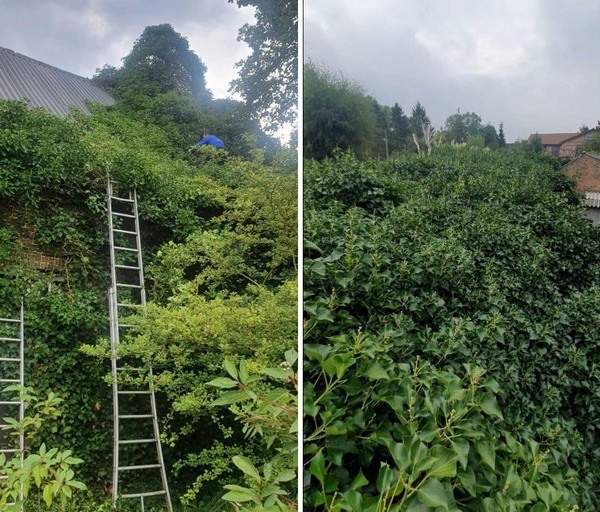
Conifers
Towards the end of the year we are selling more and more conifers. These conifers are supplied by Andromeda. They have a large nursery in Loosdrecht, the Netherlands.
Different types of conifers are grown at the nursery. The oldest of the conifer specialties is the yellow conifer. Several yellow cultivars have been grown over the past 150 years, but only a few varieties are pleasant to work with as cut foliage. At the nursery, the young plants of about 50cm are planted in the ground. These plants need about 5 years before branches can be cut off. When they get older, the conifers become browner from the inside. When they become too bare underneath, it is time to replace the entire plant. The supplier will then enjoy the Conifer for one more time… When the trunks go into the fireplace.
Another well-known type is Boulevard. This conifer can be recognized by its compact shape and clear blue-gray colour. This makes the greenery very suitable as the basis of an arrangement. Boulevard is the improved successor of the Squarrosa. Both species belong to the Japanese Chamaecyparis pisifera family. Boulevard is a difficult plant at the nursery. This conifer is sensitive to drought and also to moist conditions. The grower is always monitoring this conifer closely.
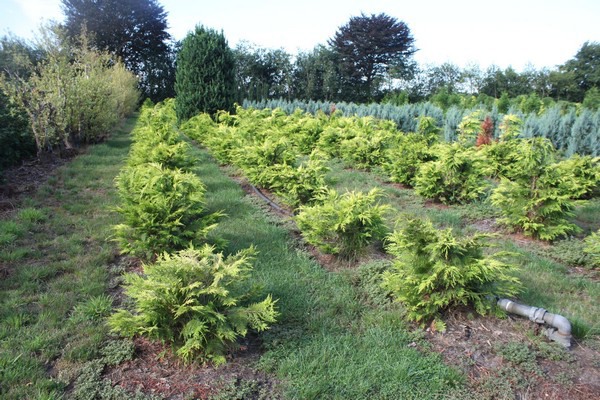
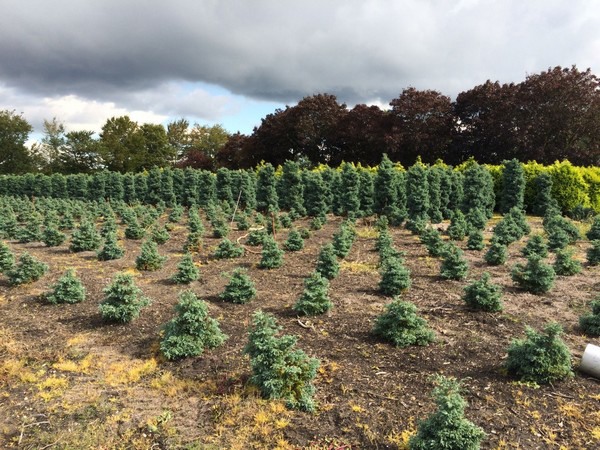
Asparagus
Towards the Advent period, they also see many painted products, including painted Asparagus, in which supplier Mulder, among others, is specialized in.
After the different Asparagus species have been planted, it can be harvested for the first time after about 5 months. Harvesting is still done entirely by hand. Sorting the lengths is being done directly during harvesting. After a year and a half, the plants have to be replaced because the production then drops too far. Growing Asparagus is labor intensive. Every week the plants are topped and the branches are lifted. The thorns on the branches also make it a tough job to harvest the branches. In the processing room everything is put on the water and divided over the orders.
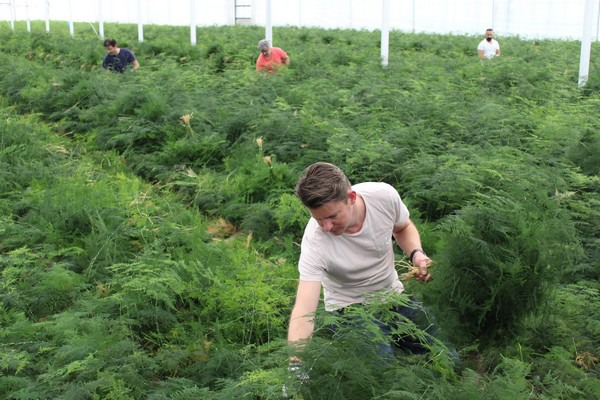
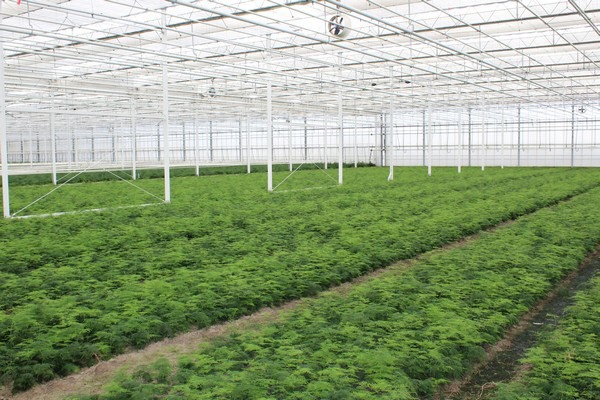
For more information: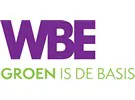 Westland Bloemen Export
Westland Bloemen Export
Middel Broekweg 29
2675 KB Honselersdijk
The Netherlands
T: +31 (0)174 629888
E: [email protected]
www.wbe-group.com
